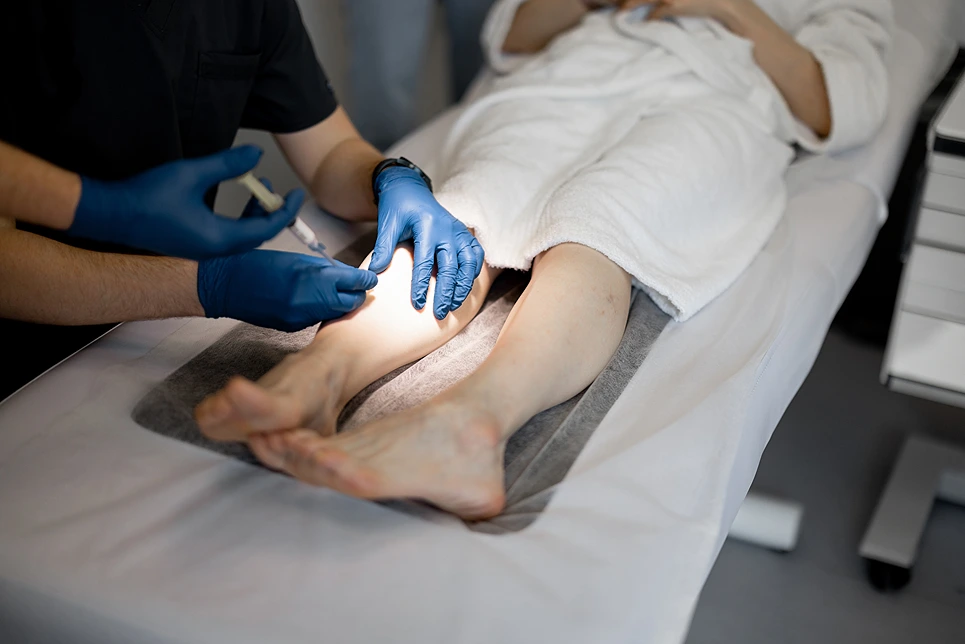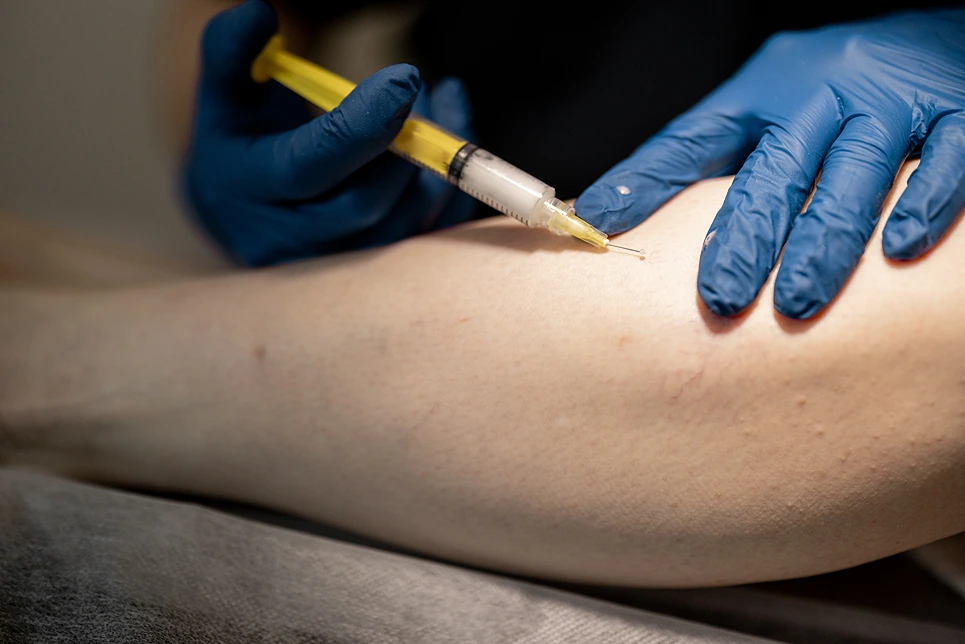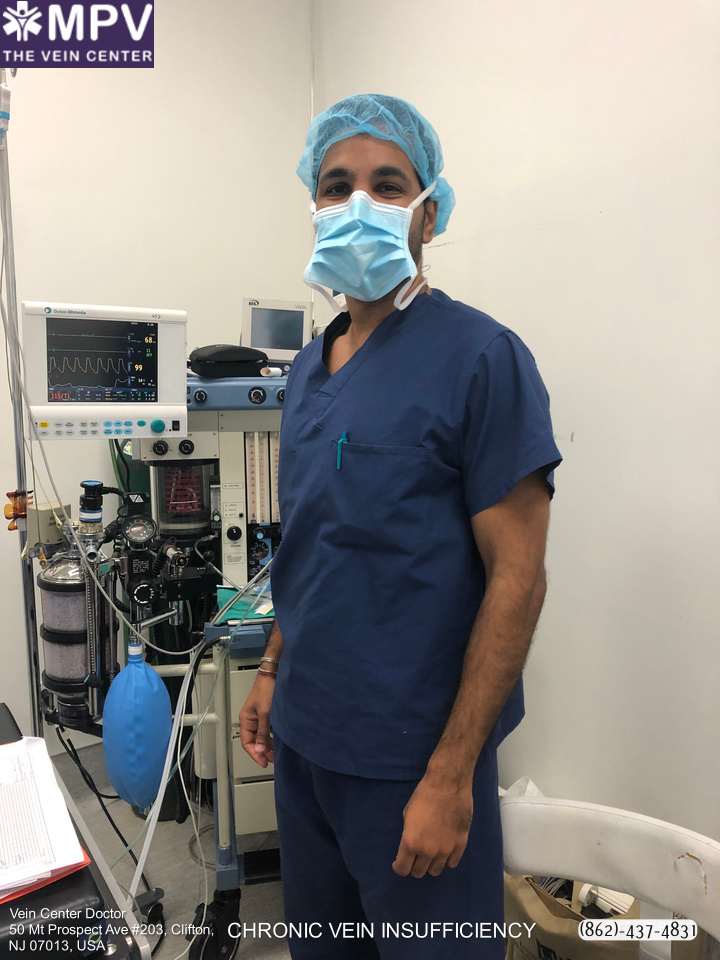
If you notice aching, swollen legs that just won't seem to improve, you may be dealing with chronic venous insufficiency (CVI). This frustrating condition affects over 30 million adults in the United States alone.
Thankfully, with the right chronic venous insufficiency treatment guidelines (here’s a comprehensive pdf on the condition), you can minimize discomfort and reduce complications.
At Vein Center Doctor, we offer customized vein treatments tailored to your needs. Contact us today so we can provide a solution to your CVI.
Living with unwanted veins is a thing of the past, when you can simply schedule a free consultation with Vein Center Doctor and find your ideal solution today.
CVI develops when the one-way valves inside your leg veins stop working properly. These valves are supposed to keep blood flowing up towards the heart. When they become damaged, blood starts flowing backwards and collects inside the veins. This results in venous hypertension, or abnormally high pressure inside the veins.
Over time, the high pressure causes vein walls to stretch and lose elasticity. Blood starts pooling inside the veins instead of flowing back to the heart.
As CVI advances, the veins become swollen, twisted, and visibly varicose. Patients experience a number of frustrating symptoms as a result.
In the early stages of CVI, people may not experience any noticeable symptoms. As the condition progresses, common signs and symptoms include:
Without proper treatment, CVI symptoms often worsen over time. Roughly 15-20% of patients can develop advanced CVI complications like:
Clearly, living with poorly controlled CVI can majorly impact your mobility, comfort, and quality of life. Seeking appropriate diagnosis and following chronic venous insufficiency treatment guidelines is crucial to managing symptoms and avoiding complications.
The first step is to make an appointment with a vein specialist for a thorough diagnostic evaluation. Your doctor will review your signs and symptoms, medical history, and risk factors.
They may also examine your legs visually to look for visible varicose veins and skin changes.
Some common diagnostic tests used to evaluate chronic venous insufficiency include:
Based on your test results and clinical exam, your vein doctor can determine the extent of your CVI, classify it into a CEAP grade, and recommend appropriate treatment as per chronic venous insufficiency treatment guidelines.

The CEAP classification system is universally used to grade the severity of chronic venous insufficiency. It has four components:
Knowing your CEAP grade helps guide treatment. For example, mild CVI with minimal symptoms can be treated conservatively, while advanced disease requires interventional treatments.
Several medical societies have published clinical guidelines for chronic venous insufficiency treatment including the American Venous Forum, American College of Phlebology, and Society for Vascular Surgery. The goals of treatment are to:
Treatment options include:
In the early stages of CVI, conservative management may be sufficient to control mild symptoms. This includes:
Your doctor may recommend medical therapies in conjunction with conservative treatment of CVI:
When conservative measures prove inadequate to control progression of CVI, interventional treatments are often necessary. Modern minimally invasive techniques are highly effective at improving blood flow, symptoms, and appearance of varicose veins.
If you have advanced CVI with major venous blockages, your doctor may recommend vascular surgery such as:

Don’t let chronic venous insufficiency impact your quality of life any longer.
As leading vein specialists serving New York and New Jersey, we follow accepted CVI treatment guidelines to provide prompt, effective relief from your symptoms. With a combination of conservative therapies, minimally invasive procedures, and advanced treatments, our goal is to help you achieve healthy, pain-free legs.
Schedule a visit at our conveniently located vein clinics in Clifton, NJ and Ardsley, NY. We offer personalized care plans tailored to your specific chronic venous insufficiency diagnosis and goals.
Find exactly what you need to get rid of your vein-related problems. Dr. Sood and the rest of our team at Vein Center Doctor are ready to help: schedule your free consultation today.
Most Insurance is accepted for treatment